Imitation learning \(\Rightarrow\) foundation models

MIT 6.821: Underactuated Robotics
Spring 2024, Lecture 24
Follow live at https://slides.com/d/ssAmqBQ/live
(or later at https://slides.com/russtedrake/spring24-lec24)

Image credit: Boston Dynamics

Levine*, Finn*, Darrel, Abbeel, JMLR 2016
Key advance: visuomotor policies

perception network
(often pre-trained)

policy network
other robot sensors
learned state representation
actions

x history


NeurIPS 1988
AlphaGo

- Step 1: Behavior Cloning
- from human expert games
- Step 2: Self-play
- Policy network
- Value network
- Monte Carlo tree search (MCTS)

A very simple teleop interface


Andy Zeng's MIT CSL Seminar, April 4, 2022

Andy's slides.com presentation
"Self-supervised" learning

Example: Text completion
No extra "labeling" of the data required!
GPT models are (also) trained with behavior cloning

But it's trained on the entire internet...
And it's a really big network
Generative AI for Images
Humans have also put lots of captioned images on the web


...
Dall-E 2. Tested in Sept, 2022

"A painting of a professor giving a talk at a robotics competition kickoff"
Input:
Output:

Dall-E 3. October 2023
"a painting of a handsome MIT professor giving a talk about robotics and generative AI at a high school in newton, ma"
Input:
Output:


An image is just a list of numbers (pixel values)

Is Dall-E just next pixel prediction?
"Diffusion" models

great tutorial: https://chenyang.co/diffusion.html

great tutorial: https://chenyang.co/diffusion.html




Image backbone: ResNet-18 (pretrained on ImageNet)
Total: 110M-150M Parameters
Training Time: 3-6 GPU Days ($150-$300)
Representing dynamic output feedback
input
output
Control Policy
(as a dynamical system)
"Diffusion Policy" is an auto-regressive (ARX) model with forecasting
\(H\) is the length of the history,
\(P\) is the length of the prediction
Conditional denoiser produces the forecast, conditional on the history
(Often) Reactive
Discrete/branching logic
Long horizon
Limited "Generalization"
(when training a single skill)
a few new skills...
Why (Denoising) Diffusion Models?
- High capacity + great performance
- Small number of demonstrations (typically ~50-100)
- Multi-modal (non-expert) demonstrations

Learns a distribution (score function) over actions
e.g. to deal with "multi-modal demonstrations"

Learning categorial distributions already worked well (e.g. AlphaGo)
Diffusion helped extend this to high-dimensional continuous trajectories
Distribution shift




Why (Denoising) Diffusion Models?
- High capacity + great performance
- Small number of demonstrations (typically ~50)
- Multi-modal (non-expert) demonstrations
- Training stability and consistency
- no hyper-parameter tuning
- Generates high-dimension continuous outputs
- vs categorical distributions (e.g. RT-1, RT-2)
- CVAE in "action-chunking transformers" (ACT)
- Solid mathematical foundations (score functions)
- Reduces nicely to the simple cases (e.g. LQG / Youla)
Diffusion Policy for Dexterous HANDs?


Enabling technologies
Haptic Teleop Interface
Excellent system identification / robot control
Visuotactile sensing

with TRI's Soft Bubble Gripper
Open source:
ALOHA
Mobile ALOHA
But there are definitely limits to the single-task models..

LLMs \(\Rightarrow\) VLMs \(\Rightarrow\) LBMs
large language models
visually-conditioned language models
large behavior models
\(\sim\) VLA (vision-language-action)
\(\sim\) EFM (embodied foundation model)
Q: Is predicting actions fundamentally different?
Why actions (for dexterous manipulation) could be different:
- Actions are continuous (language tokens are discrete)
- Have to obey physics, deal with stochasticity
- Feedback / stability
- ...
should we expect similar generalization / scaling-laws?
Success in (single-task) behavior cloning suggests that these are not blockers
Prediction actions is different
- We don't have internet scale action data (yet)
- We still need rigorous/scalable "Eval"
Prediction actions is different
- We don't have internet scale action data (yet)
- We need rigorous/scalable "Eval"
The Robot Data Diet

Big data
Big transfer
Small data
No transfer
robot teleop

(the "transfer learning bet")

Open-X
simulation rollouts

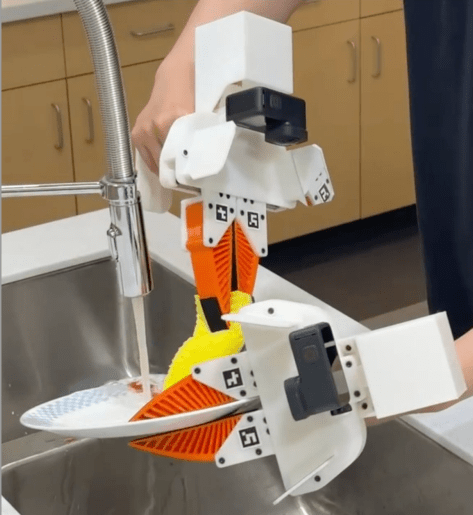
novel devices
Action prediction as representation learning
In both ACT and Diffusion Policy, predicting sequences of actions seems very important
Thought experiment:
To predict future actions, must learn
dynamics model
task-relevant
demonstrator policy
dynamics
Cumulative Number of Skills Collected Over Time
The (bimanual, dexterous) TRI CAM dataset

CAM data collect
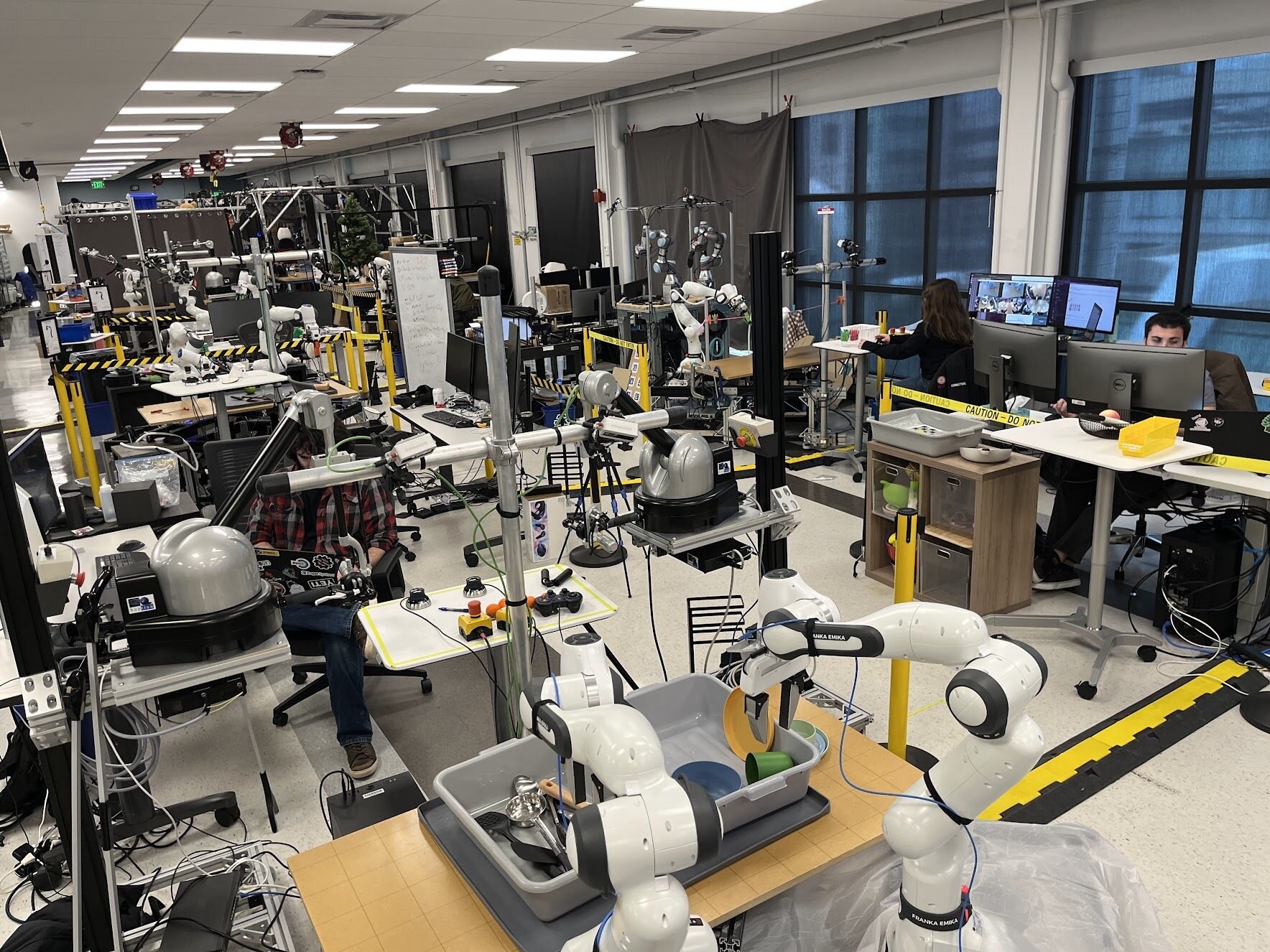

The DROID dataset
w/ Chelsea Finn and Sergey Levine
The Robot Data Diet

Big data
Big transfer
Small data
No transfer
robot teleop

(the "transfer learning bet")

Open-X
simulation rollouts


novel devices
w/ Shuran Song

The Robot Data Diet

Big data
Big transfer
Small data
No transfer
robot teleop

(the "transfer learning bet")

Open-X
simulation rollouts


novel devices
Prismatic VLMs
w/ Dorsa Sadigh

Fine-grained evaluation suite across a number of different visual reasoning tasks

Prismatic VLMS \(\Rightarrow\) Open-VLA
Video Diffusion
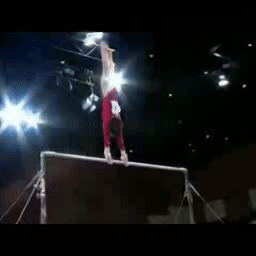
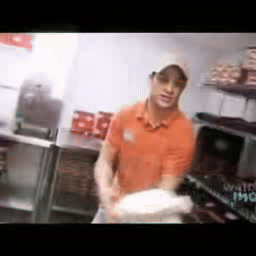
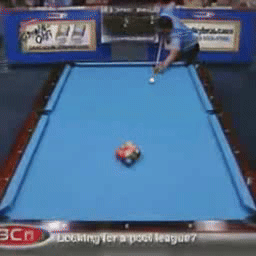
w/ Carl Vondrick
This is just Phase 1


Enough to make robots useful (~ GPT-2?)
\(\Rightarrow\) get more robots out in the world
\(\Rightarrow\) establish the data flywheel
Then we get into large-scale distributed (fleet) learning...


The AlphaGo Playbook

- Step 1: Behavior Cloning
- from human expert games
- Step 2: Self-play
- Policy network
- Value network
- Monte Carlo tree search (MCTS)

Scaling Monte-Carlo Tree Search


"Graphs of Convex Sets" (GCS)

Prediction actions is different
- We don't have internet scale action data (yet)
- We need rigorous/scalable "Eval"


Eval with real robots (it's hard!)
Example: we asked the robot to make a salad...

Eval with real robots
Rigorous hardware eval (Blind, randomized testing, etc)
But in hardware, you can never run the same experiment twice...
Simulation Eval / Benchmark

Wrap-up
A foundation model for manipulation, because...
- start the data flywheel for general purpose robots
- unlock the new science of visuomotor "intelligence" (with aspects that can only be studied at scale)
Some (not all!) of these basic research questions require scale
There is so much we don't yet understand... many open algorithmic challenges